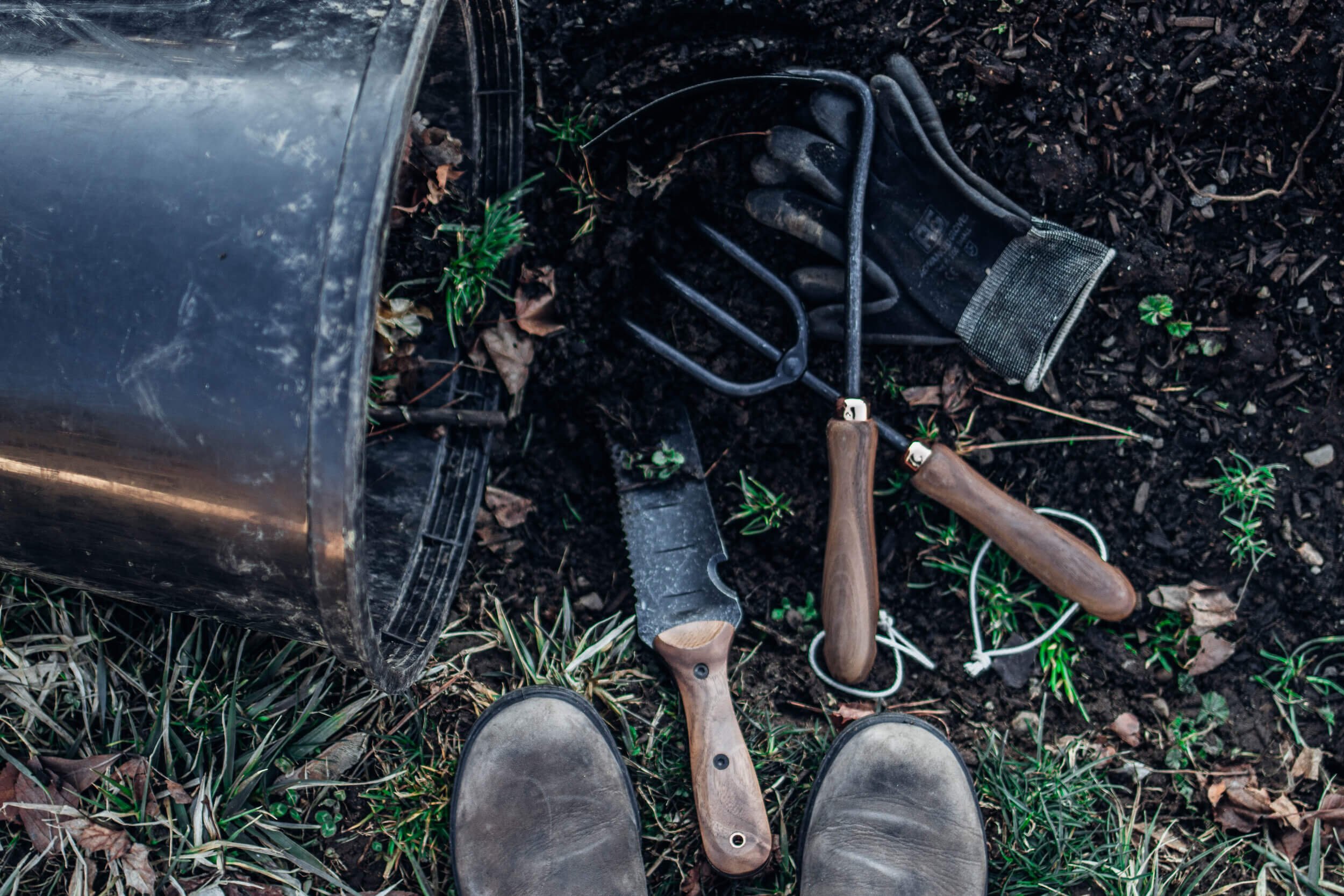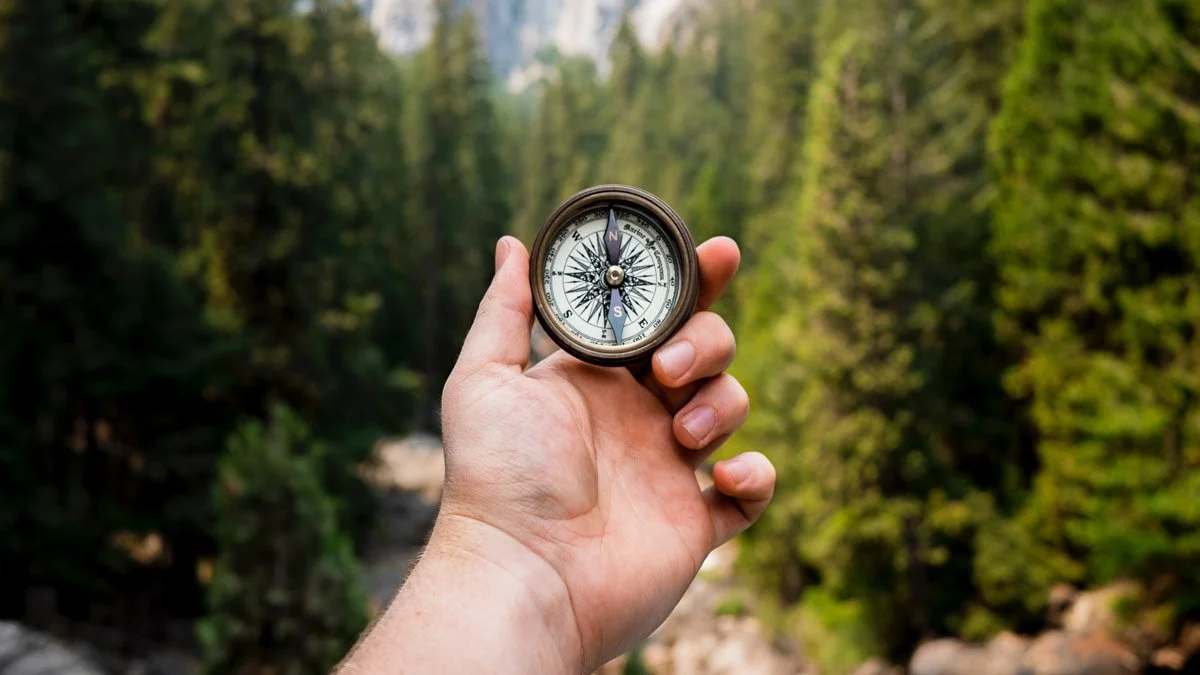Best Gear for Foraging: Essential Tools and Tips for Success
Discover > Truly Texan > Best Gear for Foraging: Essential Tools and Tips for Success
Foraging for wild edibles and medicinal plants is an age-old practice that has garnered increased interest in recent years. With a growing awareness of sustainable living and a widespread desire to reconnect with nature, foraging has made its way into the lives of many outdoor enthusiasts, hobbyists, and survivalists.
To enhance your foraging experience, having the right gear is essential; it can directly impact your ability to efficiently and safely gather nature's bounty.
In this article, we will explore some of the best tools and equipment that can assist you in your foraging pursuits. From clothing and bags to specialized tools, the right gear ensures a successful and enjoyable outing.
Preparedness is key when venturing out into the wild, and investing in high-quality equipment will not only save time but also ensure your safety and increase your overall satisfaction during your foraging expeditions.
Outfitting yourself with properly designed, reliable gear can make all the difference when foraging. We will discuss various options in each category, catering to different skill levels and specific foraging needs.
Whether you're just starting or an experienced forager looking to elevate your outings, this article aims to provide valuable insights to help you make informed choices about the gear you carry for your foraging adventures.
When preparing for your next foraging adventure, it's crucial to equip yourself with the essential foraging tools that will enhance your success and safety. Knowledge of local flora and fauna is a must, but the right gear can make all the difference in the ease and outcome of your foraging efforts.
The adventure of foraging is both rewarding and educational, but like all outdoor pursuits, safety and preparedness should be your top priority. So before embarking on your foraging adventure, make sure you're well-equipped with the essential foraging tools to ensure a successful and enjoyable experience.
Understanding Foraging
Basics of Foraging
Foraging refers to the act of gathering wild plants and fungi, as well as hunting or fishing for food. It is an ancient practice, dating back to prehistoric times. In modern times, foraging has experienced a resurgence as people seek to reconnect with nature and explore alternative food sources.
There are various plants and fungi that one can forage, such as berries, nuts (how long do nuts last?), mushrooms, and herbs. It is important to have a good understanding of what is edible and safe to consume, as some wild species can be toxic if ingested.
Importance of Proper Equipment
Having the right equipment is crucial for a successful and enjoyable foraging experience. Quality gear enables foragers to collect their finds safely and efficiently while minimizing damage to the environment. Some essential items include:
A foraging guide: A guidebook or mobile app helps in the identification of safe and edible plants and fungi.
Durable gloves: They protect your hands against thorny plants and other potential hazards.
A sturdy, sharp knife: An essential tool for harvesting mushrooms, cutting plants, or portioning large items.
Proper footwear: Weather-resistant and comfortable shoes or boots can make navigating rough terrain much easier.
A foraging bag: A lightweight, breathable bag or basket is ideal for collecting and storing finds.
By investing in quality foraging gear and taking time to learn the basics, individuals can confidently explore and experience the rewarding practice of foraging.
Foraging Tools
Knives and Cutting Tools
When foraging, a good-quality knife is essential. A versatile knife like the Opinel No. 8 or a folding pocket knife is ideal. These knives are easy to carry and have sturdy, sharp blades that can cut through branches, stems, and roots. A pair of foraging scissors, such as the ARS HP-130DX 7-inch shears, also help in cutting and trimming plants with precision.
Containers and Bags
When collecting edible plants and fungi, durable containers and bags are important. These should be comfortable to carry and made from breathable materials to preserve the freshness of your harvest. Canvas bags or mesh bags are ideal for the task. Consider the following options:
Bucket-style canvas bags: These provide stability, making it easier to collect items without crushing them.
Cross-body mesh bags: These allow airflow and keep the forage dry and fresh.
Digging Tools
A reliable digging tool helps in harvesting plants with taproots and tubers, as well as fungi that grow below the ground. There are several options for digging tools:
Hand trowel: A sturdy hand trowel, like the Fiskars Ergo trowel, is a must-have for foragers. It is lightweight, comfortable to use, and perfect for general foraging duties.
Hori Hori: This Japanese gardening knife acts as both a knife and a digging tool, with a curved, sharp blade on one side and a serrated edge on the other. The Nisaku NJP650 Hori Hori is a popular choice.
Collapsible shovel: For foragers who prefer a lightweight and compact tool, a collapsible shovel, such as the Gerber Gorge, is ideal. It can be easily stored and carried when not in use.
Clothing and Protective Gear
Suitable Clothing
When foraging, it is important to wear clothing that protects you from the elements and potential hazards. Long sleeves, pants, and hats are recommended to shield you from insects, poisonous plants, and sunburn. Opt for lightweight and breathable materials, such as cotton or moisture-wicking synthetic fabrics. This will help you stay comfortable in various weather conditions.
Foraging Gloves
To protect your hands from cuts, scrapes, and thorns, invest in a good pair of foraging gloves. These should be durable, puncture-resistant, and have a good grip. Some popular materials for gloves are:
Leather
Heavy-duty polyester or nylon
Nitrile-coated fabric
Choose a pair that fits well and provides a balance between protection and dexterity.
Footwear for Foraging
Your choice of footwear can greatly impact your experience while foraging. It is essential to wear shoes that provide support, traction, and protection. Some suitable options include:
Hiking boots with ankle support
Waterproof rubber boots
Sturdy sneakers with thick soles
Always ensure that your footwear is comfortable and suitable for the terrain you'll be exploring.
Weather-Appropriate Attire
As weather conditions can change quickly, it is essential to dress appropriately. Layer your clothing to easily adjust to temperature fluctuations. Consider the following recommendations:
In cold weather, wear thermal base layers, insulating mid-layers, and windproof or waterproof outer layers.
In hot weather, opt for moisture-wicking, light-colored clothing to help you stay cool. Don't forget to wear a hat for sun protection.
For rainy conditions, bring a waterproof and breathable jacket and pants, and avoid wearing cotton, which tends to retain moisture.
Navigation Equipment
Foraging requires good navigation skills to efficiently locate and identify the desired plants or items. In this section, we will discuss the essential navigation equipment for a successful foraging experience, focusing on maps and compasses, as well as GPS units.
Maps and Compass
A detailed topographical map and a compass are fundamental tools for any forager. Topographical maps provide crucial information about the terrain, vegetation, and water sources in a specific area. Foragers can use these maps to plan their routes and identify potential foraging spots. A reliable compass is necessary for accurate navigation and orientation.
To ensure maximum effectiveness, foragers should select a compass with an adjustable declination and sighting mirror.
Laminated or waterproof maps are recommended, as they can withstand harsh outdoor conditions.
When using a map and compass, it's essential to familiarize oneself with basic orienteering techniques. These skills include reading the map's legend and understanding contour lines, as well as taking and following compass bearings.
GPS Units
For those who prefer a more modern approach to navigation, a GPS unit can be an invaluable tool. GPS units accurately pinpoint a forager's location and offer various functions, such as track logging, route planning, and waypoint marking. These features make it easier for foragers to find specific locations and avoid getting lost.
When choosing a GPS unit for foraging, consider the following features:
High-resolution color screen, for easy reading in different light conditions
Expandable memory, to store additional detailed maps
Long battery life, to ensure it lasts throughout the day's activities
Durability and water resistance, to withstand the elements
Foragers need to find a balance between traditional navigation techniques and modern GPS technology. While relying solely on a GPS unit can create a sense of dependence, using both a map and compass alongside a GPS device can help foragers efficiently navigate various environments and become more proficient overall in their foraging endeavors.
Wildlife Interaction Tools
Repellents
When foraging, it's essential to protect oneself from wildlife encounters. One effective method is using repellents. There are various repellents available in the market, targeted at specific animals.
Insect repellents: Products containing DEET, picaridin, or natural alternatives like lemon eucalyptus oil are effective against mosquitoes, ticks, and other insects. Make sure to apply them to exposed skin and clothing.
Bear sprays: Carrying a bear spray is crucial in areas with bear activity. Pepper-based sprays create a barrier that deters bears from approaching.
It's always recommended to check local regulations on the use of repellents, as some protected areas may have restrictions.
First Aid Kits
A well-equipped first aid kit is indispensable to address injuries and illnesses during foraging trips. Here are a few essential items to include:
Item Purpose
Adhesive bandages Covering and protecting small cuts or blisters
Gauze pads Dressing larger wounds
Medical tape Securing gauze or bandages
Tweezers and scissors Removing splinters and cutting bandages
Antiseptic wipes Cleaning wounds before dressing
Pain relievers Treating headaches, pain, and inflammation
Antihistamines Managing allergic reactions to plants or insect bites
Remember to restock and replace any items regularly to ensure that the first aid kit remains complete and ready to use when needed.
Maintenance of Foraging Gear
Cleaning Tools
Proper maintenance of foraging gear begins with keeping tools clean. This will ensure their longevity and prevent the spread of diseases or pests. After each use, it is essential to wipe down tools with a damp cloth or sponge to remove soil, sap, or residue. For more stubborn substances, use a gentle brush and mild soapy water. Rinse the tools thoroughly after cleaning, and make sure to dry them completely before storing them to prevent rusting and mold growth.
Repair and Replacement
Routine inspection of foraging gear is vital to identify any damage or potential issues. When you notice defects or wear on your tools, make necessary repairs immediately. Tighten loose bolts, and oil hinges, and sharpen dull blades as needed. Repairing and maintaining tools will prolong their lifespan and maintain their efficiency in the field.
In some cases, tools may be beyond repair and require replacement. Investing in durable and high-quality tools is a wise decision, as they tend to last longer and perform better than cheaper alternatives. Be sure to discard broken or damaged equipment responsibly to minimize environmental impact.
Remember, proper maintenance and care of your foraging gear will save you time, effort, and money in the long run. It will also help protect the natural environment you forage in, which is a critical aspect of sustainable foraging.







